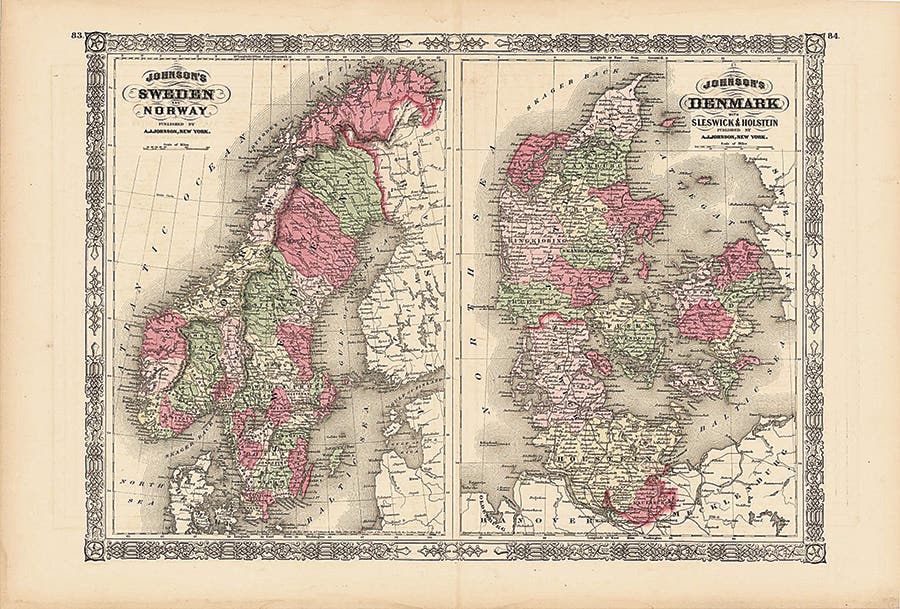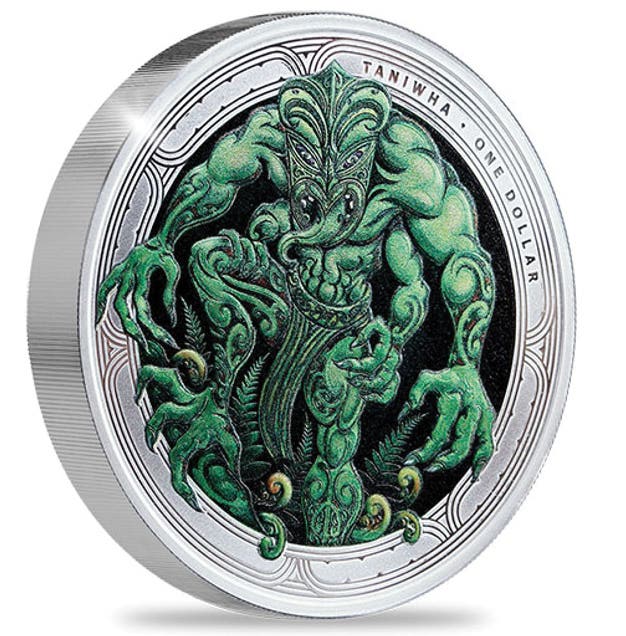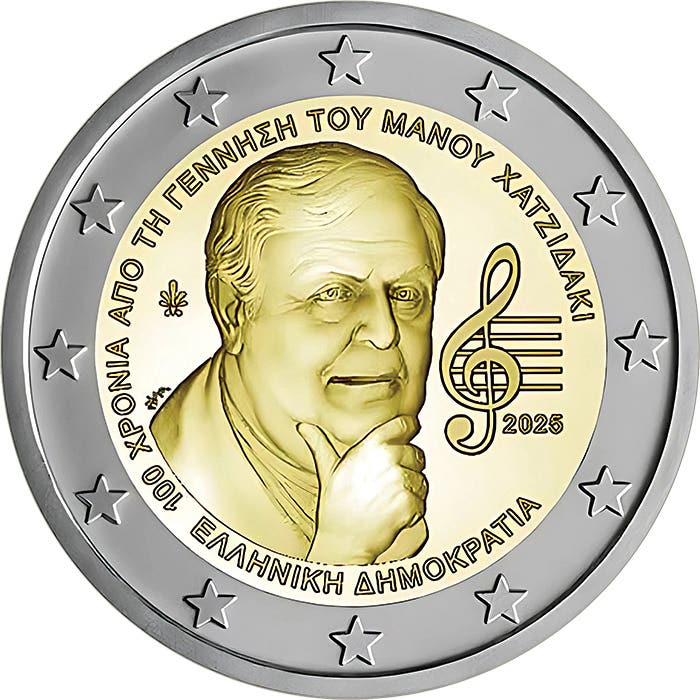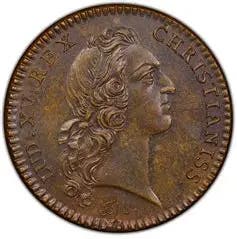British Mint: Bigger is Better
The British Royal Mint (BRM) has joined an exclusive club. The mint recently issued a 5-kilo (2.205 pounds or 35.274 ounces) gold coin with a face value of 5,000 pounds….
The British Royal Mint (BRM) has joined an exclusive club. The mint recently issued a 5-kilo (2.205 pounds or 35.274 ounces) gold coin with a face value of 5,000 pounds. This is one of the largest coins ever produced.
The unique coin was reported to have been sold almost as soon as it was unveiled. The amount paid and the owner’s name were not made public. The massive coin is composed of 0.999 fine gold, with a diameter of 175 mm, and exact weight of 5,010 g including its trace impurities.
The coin is part of the recently introduced Great Engravers series marking designer-engravers who have designed British coinage. This coin honors Royal Academician William Wyon, whose Una and the Lion design graces the reverse of the new coin. Wyon was Royal Mint chief engraver from 1828 through 1851.
“The Great Engravers series celebrates some of the finest artists that have worked on British coinage and we are thrilled to start the series with William Wyon’s Una And The Lion design,” said Nicola Howell, director of the BRM Consumer Division. “This is arguably one of the most admired designs amongst coin collectors across the globe, and re-mastering it onto 5- and 2-kilo coins allows you to truly appreciate the detail of the design.”
The smaller 2-kilo weight coin of which Howell spoke has a mintage of four pieces and was being offered for 119,950 pounds (about $157,646 US) at the time this article was being written. A series of smaller and less expensive coins will also be available, with 2,980 2-ounce silver coins selling for 180 pounds or about $237 US each.
Information on the logistics of production of the coins and if they were struck or cast was unavailable at press time. The reverse design was taken from the original Wyon die for the 1839 5-pound gold coin celebrating Queen Victoria’s enthronement two years earlier. According to BRM information, the original die was digitally scanned under the supervision of BRM Chief Engraver Gordon Summers. Traditional engraving methods were combined with modern techniques, the die then being hand-polished.
The 1839 coin was the lightest of the 5-pound British gold coins issued, having a weight tolerance between 38.7 and 39.3 g.
While the British coin may be the largest ever produced by the BRM, it is not the largest coin ever issued. The largest “coin” is likely the stone rai coinage of the Pacific Island of Yap. The donut-shaped, carved stone pieces were meant to display the family’s wealth. Rai coins range in size from 3.5 cm (1.4 in.) to 4 meters (13 ft.) in diameter.
Colossal diameter and weight gold and silver coins were cast in 17th century Mogul India. These were meant to be treated as stores of wealth. In 2007 the Guinness Book of World Records certified Canada’s $1 million face value 0.99999 fine gold coin weighing almost 221 pounds as the largest coin in the world. Five “Big Maple Leaf” coins were issued, one of which has since been stolen and is presumed to have been melted.
The Guinness book has since declared the 0.9999 fine gold, 80 cm diameter (2 ft., 7.49 in.), 12 cm thick, 1-ton Australia $1 million coin as being the largest. The coin was issued as the showpiece for the Perth Mint’s Australian Kangaroo Gold Bullion Coin Program. The Perth Mint is in western Australia and is independent of the Royal Australian Mint.
The largest coins ever issued by the United States is the 0.900 fine gold, 44 mm diameter, 83.572 g 1915 Panama-Pacific Exposition commemorative struck both on round and octagonal planchets. The largest coin ever produced by the U.S. Mint is the 1877 gold half union pattern. The half union has a weight of 83.45 g and a diameter of 51.1 mm.









